Table of Contents[Hide][Show]
Recently, we were taking an FDA Cosmetics quiz in the office, and a question caught our attention.
We knew it would be a good one to cover. It’s not as if we’re blowing this one open or uncovering any myths, but we do want to talk about animal testing.
The question: True or False— “Cruelty Free” or “Not tested in Animals” means that no animal testing was done on the product and its ingredients.
Here’s their answer:
False; Even if a product never was tested in animals, there’s a very good chance its ingredients were. A company might call its products “cruelty free” because it isn’t doing any testing on animals with these ingredients now, although the ingredients may have been tested on animals in the past. In some cases, “no new animal testing” might be a more accurate claim.
What does ‘animal testing’ mean?
We won’t include photos, (and we don’t recommend googling it) because what animal testing is, is cruel. Have you ever had an allergic reaction that covered your body with an itchy rash? It’s miserable.
That’s just one of the common tests animals in a lab go through to answer the question, “what is the maximum amount of this substance can we feed/apply to its body before it has a reaction?”
Types of tests that are commonly used
Rabbits, mice and guinea pigs are most often used by scientists to test what happens when living beings are exposed to the most hazardous chemicals we know of. They go through patch testing, forced toxic inhalation, dissection, cancer screenings (because a lot of the chemicals that are tested are carcinogens), concentrated eye irritation, in-vitro birth defect assessments, and a whole slew of other tests.
Further, it doesn’t even offer up a full picture of what could happen with an ingredient, because human body chemistry is different than a mouse, bunny, or guinea pig.
Necessary for cosmetics? think again.
Now, don’t get me wrong, we’re all for scientific discovery and we wouldn’t want to hinder any life-saving techniques or products out there but we want to level with you. The cosmetics industry is appearance based.
How much does your beauty matter if your favorite makeup brands are backed by cruelty?
Not to mention that the types of ingredients commonly used in chemically produced skin care products are typically detrimental to your skin over time. It seems asinine to use products that are tested on animals just to look good, especially when those products can actually contribute to the appearance of aging over time.
Testing alternatives
The FDA agrees that testing on animals isn’t necessary and coupled with the National Toxicology Program to create two aptly named interdisciplinary agencies — the Interagency Coordinating Committee on the Validation of Alternative Methods (ICCVAM) and the Interagency Center for the Evaluation of Alternative Toxicological Methods (NICEATM) — to ensure that new chemical testing procedures are found to protect human and animal health.
How to spot animal testing
Learning that your favorite ‘cruelty free’ makeup brands may have ingredients that are tested on animals can be pretty upsetting.
In some ways, testing an ingredient is even worse than a finished product because ingredient testing is often focused on how concentrated the dosing can get before it causes harm. Yikes!
Here are some guidelines to seeing through the words ‘cruelty free’ on the pretty labels:
Chemical ingredients
If an ingredient is made in a lab, you can almost bet that it’s been tested on animals.
New ingredients
If you’ve been using a product for a while and you suddenly see on the packaging that the brand upgraded or added new ingredients, there’s a great chance it’s gone through animal testing to be on the shelf, especially if it’s man made.
Look for extra information on the ingredient in the products that has changed, most actual cruelty free brands are excited to talk about their ingredient changes.
Read through the claims
If your favorite cleanser has a claim on it that says something like, “we don’t test our products on animals unless it’s for legal reasons” look closely at what they aren’t saying.
These cosmetic companies may not be testing their products on animals, but they’re probably using ingredients that have been tested.
Look to other countries
Animal testing isn’t off the table in the US but the EU has totally banned that type of testing on products. So if the company that you’re purchasing your products from also sells in the EU, there’s a pretty good chance they’re one of the cruelty free brands.
On the other hand, China requires that all internationally imported or exported cosmetic products are animal tested so if you’re buying products from China, you can be sure of the testing.
Vet the company yourself
If you suspect that your favorite brand might use ingredients tested on animals, do a bit of research. You might be able to search their blog for the answers, most brands that are truly cruelty free talk about it.
If you can’t find anything on their site, write to them and ask directly about their policies on animal testing.
What this means for Annmarie Skin Care
Working directly with our formulator and our vendors lets us feel comfortable with the creation of our products from start to finish because we thoroughly vet any new vendor for our ingredients and we’re able to say that all aspects of our skin care and makeup products are in integrity with our focus: Wild. Beautiful.
We have shared our cruelty free promise with you for years and we’ve recently undergone the testing to be Leaping Bunny certified alongside our Made Safe certification because we use ingredients that are straight from nature, that have been used safely for generations.
We think that if testing on animals is necessary for a product to be brought to market, it most likely has the potential to cause harm to the user. We’re morally opposed to causing harm, even potential harm, when there are such effective, sustainable options available.
Do you avoid products that have been tested on animals? Share with us in the comments.
Sources:
Center for Food Safety and Applied Nutrition. “Product Testing – Animal Testing & Cosmetics.” U S Food and Drug Administration Home Page. Center for Food Safety and Applied Nutrition, n.d. Web. 07 Mar. 2017.
“Cosmetics Tests That Use Animals.” The Humane Society of the United States. N.p., n.d. Web. 07 Mar. 2017.
“Fact Sheet: Cosmetic Testing.” The Humane Society of the United States. N.p., n.d. Web. 07 Mar. 2017.
National Institutes of Health. U.S. Department of Health and Human Services, n.d. Web. 07 Mar. 2017.
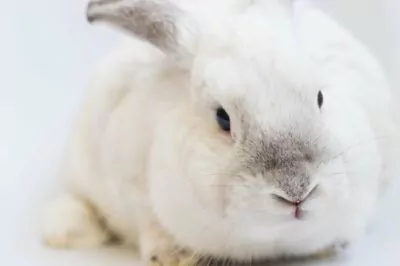

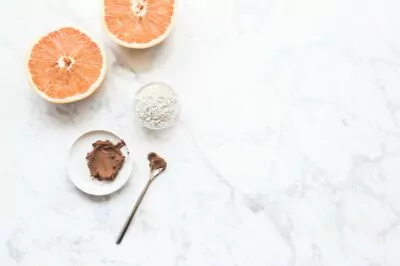
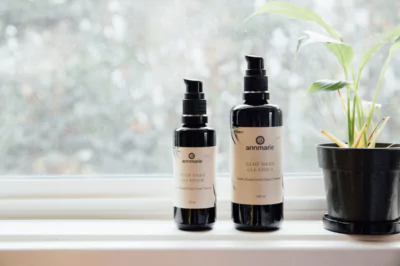
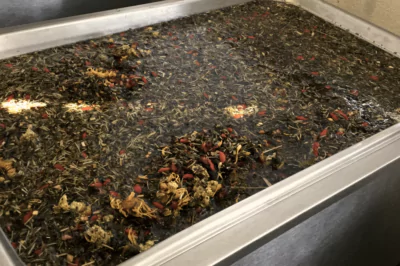
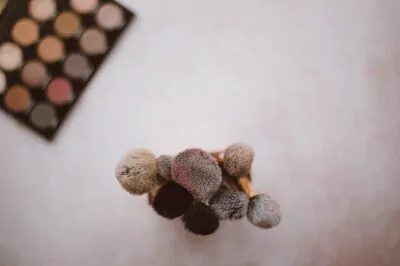
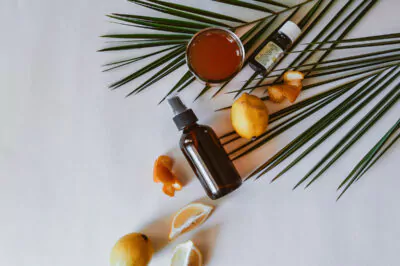
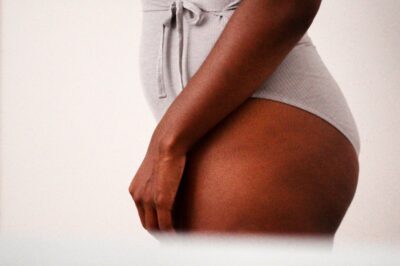
Could you list the brands you feel meet cruelty free criteria?
I commend you for taking a stand against animal cruelty and offering products that really do support the well being of all concerned. Thank you for doing so!